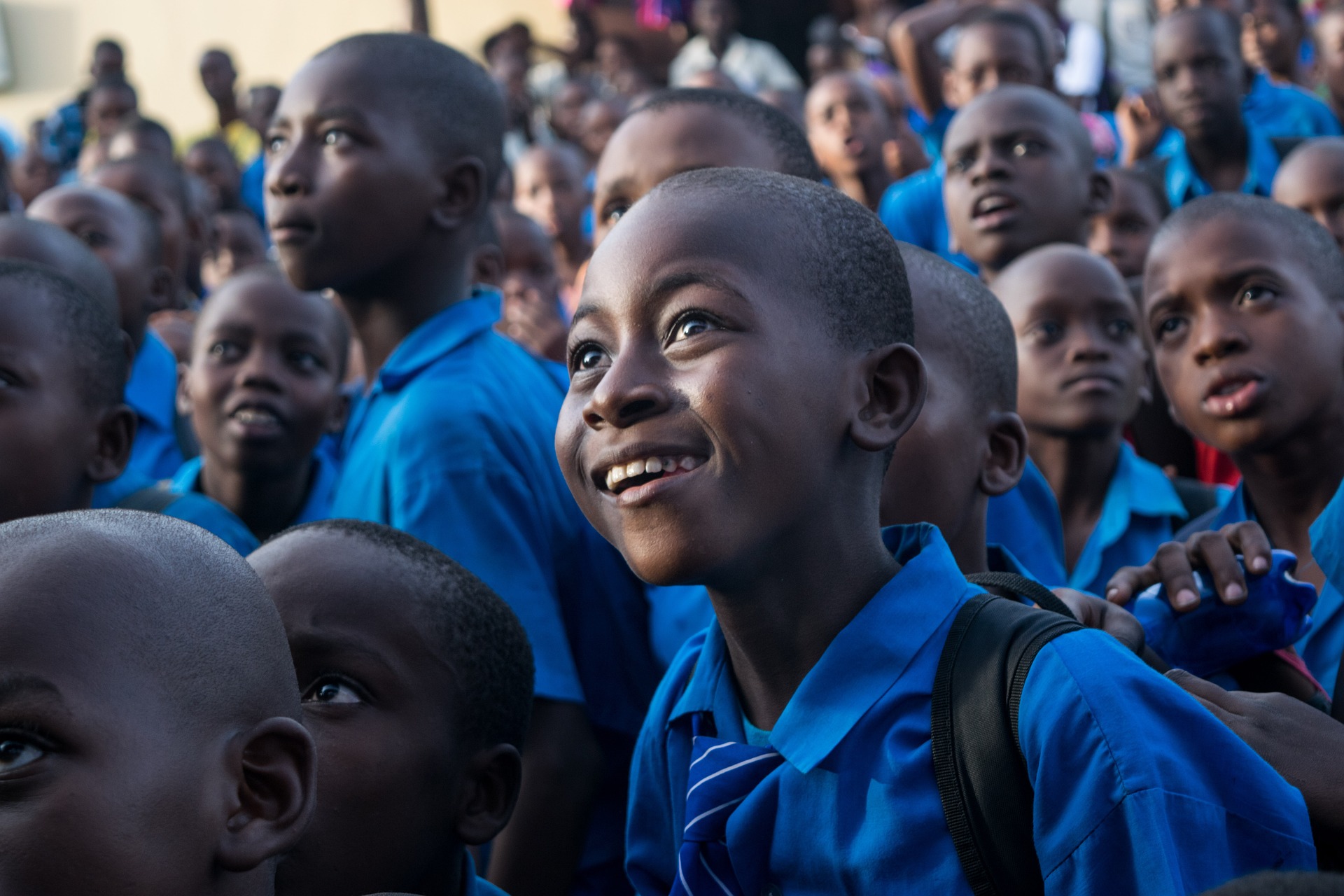

Pedagogical Principles
We benefit from the many centuries of research discovering how kids (and adults) learn best. People-centered education takes into account our soul, senses, body, curiosity, aspirations, emotions, needs, desires, intellect, imagination, and our determined desire to express, create, and pragmatically improve…all inside a supportive community of love and belonging.
Whole Person Learning Framework
Whole Person Learning Framework informs disciplined pedagogical moves. Learning tends to follow a natural sequential rhythm that 1) Acknowledges feelings and emotions (Affective), 2) Sparks the imagination (Imaginal), 3) Interrogates and discerns new information (Conceptual), and 4) Applies that information for practical use (Practical). Depending on the learning profile of an individual or group, the pedagogical moves may not always flow from 1 – 4, but rather jump around in multiple combinations such as conceptual, imaginal, affective, and practical, for instance.


Experiential and Interactive pedagogy
Experiential and Interactive pedagogy, also referred to as project-based learning, is the core of effective teaching and learning. People want their learning to be problem-centered, personalized and accepting of their need for self-direction and personal responsibility, all of which is accomplished through project-based learning. Project-based learning applies ideas to the practical world, directly teaches and fosters collaboration attitudes and skills, and contributes immediately to the well-being of the community and Earth as projects are often centered on contemporary dilemmas and issues.
Play releases the imagination
Play releases the imagination, improves executive function, and develops cognitive, motor, social, and literacy skills. Play can take several forms: For younger Designers, it may look more like games. For older Designers it may take the form of simulations. While play is exceptionally academic, it can also reduce stress, increase movement, and improve overall health.


Multi-sensory pedagogy
Multi-sensory pedagogy encourages all of the senses to come alive, therefore increasing engagement, sometimes significantly. Our basic senses include sight, touch, hearing, smell, and taste. We’ll also explore intuition (known as the 6th sense) which is an instinctive awareness that gives us a hunch or a gut feeling about someone or something. It has been said that intuition is nothing but rapid cognition, and while it is the speed of the knowing that gives it the hunch or gut feeling, it is knowing generated through cognition. Pedagogy rich in senses invites engagement, increases attention, and improves the conditions for learning.
Story-telling
Story-telling is as essential to man and womankind as breathing. Stories breath life into universal connection and truths. It is through stories that we connect to each other and our shared traditions, legends, hopes, and aspirations. Stories engage our minds and emotions. We share enthusiasm, problems, sorrow and joy. They increase our understanding and empathy. Stories actually trigger neural coupling, creating similar neural patterns and resonance between the story teller and listeners—that’s powerful. Stories provide structure and order. They make ideas and experiences familiar, predictable, and comforting. Stories trigger our imaginations—tapping into creativity, discovery and exploration—all vital qualities as we reimagine and redesign Earth.


Language-rich pedagogy
Language-rich pedagogy uncovers and reveals the structure of language, which can often go unseen by native speakers. Explicitly teaching language structures, such as speaking prompts or sentence stems, makes language more accessible and can increase and improve language production, especially as it relates to speaking and writing. Direct and clear teaching of language structures is paramount to mastering language production.
Curiosity & Self-direction
Curiosity & Self-direction recognize our innate desire to explore, learn, and grow. Engagement flourishes naturally when Designers are curious about a topic or understand the relevance of a particular skill. Fundamental to this pedagogical principle is trust. Teachers and adults trust and follow the natural instincts and desires of Designers. A pedagogy copious in curiosity and self-direction is rich in choice.


Differentiation
Differentiation brings curricular choice alive, which increases engagement and therefore learning. Differentiation creates opportunities for Designers to engage in similar content that has a variety of access points across interest (topic, process, & product) and facility (learning profile and ability).
Noncognitive Factors
Noncognitive Factors elevate the magnitude and influence of the socio-cultural context of learning. Academic mindsets, social skills, academic perseverance, learning strategies, and academic behaviors strongly correlate to both academic and life success. Paying attention to these noncognitive factors as well as mindfully designing a learning environment characterized by belonging, curiosity, collaboration, supportive relationships, meaningful and relevant content, choice & autonomy, and skill development opportunities will produce inspirational graduates prepared to transform Earth and restore harmony.


Emotional Competency and Agility
Emotional Competency and Agility is the point of departure for our pedagogical practice. Among many features, people have thoughts, aspiring souls, emotions, and feelings. The adults of Divine Harmony Education practice emotional awareness and fluidity for themselves while supporting our Designers to do the same. We are focused on surfacing and naming our emotions while navigating the meaning we make and assign to experience. There is a balance we strike between generosity and self-advocacy. We listen to others and assign meaning with our hearts, yet we are balanced in meeting our own needs: we combine generous listening with embodied dignity for self and others. As Viktor E. Frankl so eloquently said, “Between stimulus and response there is a space. In that space is our power to choose our response. In our response lies our growth and our freedom.” Emotional competency and agility support wise choices that manifest in-between stimulus and response.
Equity and Technology
Equity and Technology both inform and aid pedagogical practice. Equity is about eliminating the predictability of group membership with performance as well as academic and life outcomes. Equity addresses the opportunity gaps by providing a variety of inputs based on Designer need and learning profile. Technology is used as an aid to teaching. While it does not replace the intimacy or art of teaching and learning, it serves as an aid to create comprehensible input by addressing multiple learning modalities such as visual and oratory learning.


Performance-based Assessments
Performance-based Assessments accurately measure acquisition of one or more course standards. Performance-based assessments are distinct in that they do not “measure” student success through multiple-choice exams, but rather through complex performance task that tend to be nuanced, authentic, process/product-oriented, open-ended, and pragmatically applied in living/working contexts and situations.
Domains of Language
Domains of Language are the pedestal of expression and connection for man and womankind. It is through listening, speaking, reading, and writing that we express ourselves—our ideas, needs, feelings, and aspirations. We teach positive creation through the language craft of parse syntax. Learning to read or write is not only the job of the English teacher, but rather the job of every teacher. Learning to listen and speak is not only the job of the Speech teacher but rather the job of every teacher. We have clearly defined metrics for the domains of English, which serve as benchmarks for elegant and graceful expression of the human spirit.


Critical Thinking
Critical Thinking is indispensable as we hold the space between now and then as we dream and design our future Earth. Critical thinking includes dispositions, practices, and concrete skills. Critical thinking skills assist one to navigate the “real world” as we are of service to the “Real world.”
Note: The real world (lower case “r”) refers to the fiction/illusion we have created. Real world (uppercase “R”) refers to the “oneness” that we are—i.e., the gift we share with all. A world devoid of judgment and filled with souls committed to “being of service” to others.


